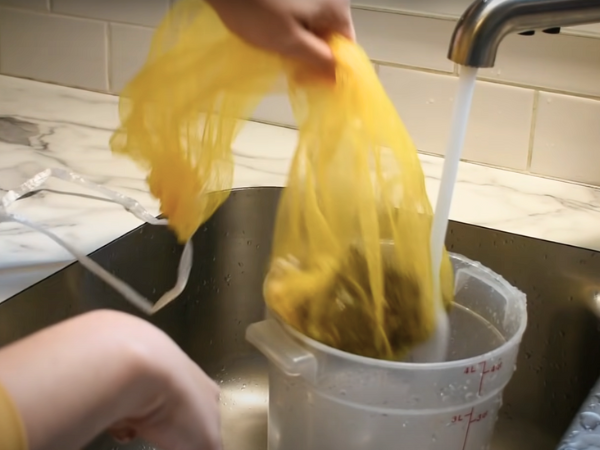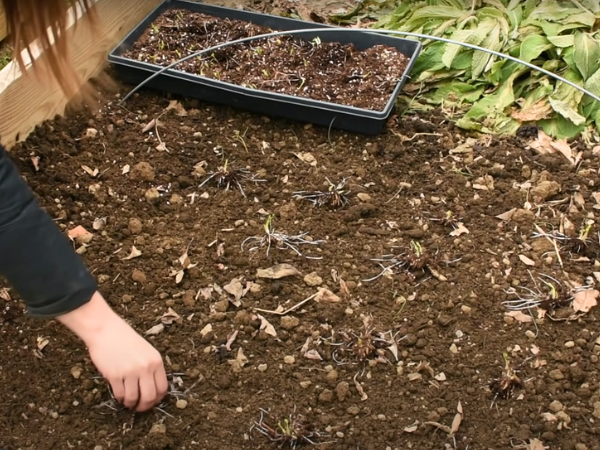The Ranunculus flower is a favorite among gardeners. Its vibrant colors and delicate petals catch the eye.
In this guide, learn how to care for Ranunculus flowers and grow them successfully. We will also explore their various meanings and popular colors, adding depth to your understanding.
What Are Ranunculus Flowers?
The Ranunculus genus includes over 600 species of flowering plants. These flowers are part of the buttercup family, known as Ranunculaceae. Ranunculus flowers are native to various regions worldwide. You can find them in Europe, Asia, and North America.
Ranunculus flowers are prized for their stunning appearance. Here are some key points:
- They feature multiple layers of petals.
- The blooms come in vibrant colors like red, yellow, pink, and white.
- They attract pollinators such as bees and butterflies.
- Ranunculus flowers symbolize charm and attractiveness.
These flowers are commonly grown for decorative purposes. They are often used in bouquets and floral arrangements.
Are Ranunculus Annual Or Perennial?
Ranunculus flowers can be either annual or perennial. They are grown as annuals in cold climates. In these areas, they complete their life cycle in one season.
In warmer zones, they act as perennials with proper care. This allows them to return year after year.
Here are some tips for their care:
- Plant ranunculus corms in well-draining soil.
- Provide full sun for best growth.
- Water them regularly but avoid overwatering.
- Fertilize every few weeks during the growing season.
In cooler regions, it’s best to lift corms after the growing season. Store them in a cool, dry place until the next planting season.
Popular Ranunculus Flower Colors
Understanding the popular colors of Ranunculus can enhance your garden or floral arrangements. Colors like white, pink, red, and yellow each symbolize different emotions and ideas.
White Ranunculus Flowers
White Ranunculus flowers symbolize innocence and elegance. They are often seen in bridal arrangements. Their pure color represents new beginnings, making them a popular choice for weddings.
Here are some reasons why white Ranunculus are cherished:
- Elegant appearance fits many occasions.
- Perfect for minimalist decor.
- Combine well with other flowers.
The simple yet profound charm of white Ranunculus ensures their continued place as a beloved flower for expressing purity and refined style.
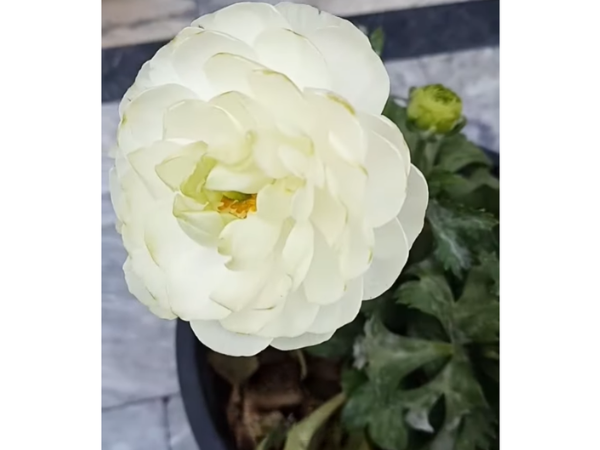
Pink Ranunculus Flowers
Pink Ranunculus flowers represent affection and romance. They are great for expressing admiration. Their soft hues add charm to any arrangement, making them a favorite for romantic gestures.
Benefits of using pink Ranunculus include:
- Brighten up any space.
- Express love and admiration.
- Perfect for birthdays and anniversaries.
The delightful blush of pink Ranunculus makes them a cherished choice for adding a touch of romance and joy to any occasion.
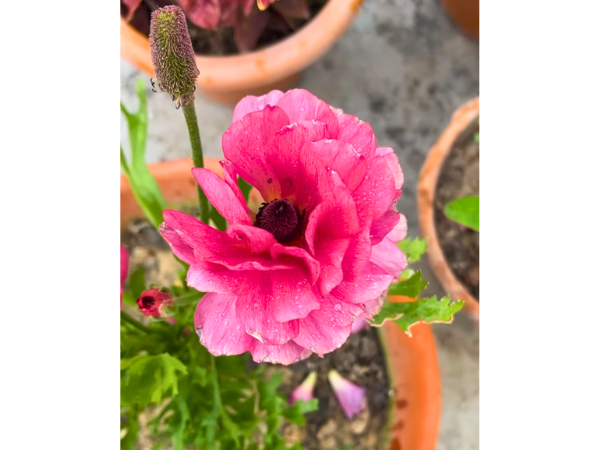
Red Ranunculus Flowers
Red Ranunculus flowers stand for deep passion. They are ideal for romantic gestures and bold statements. Their vibrant color demands attention and conveys strong feelings.
Reasons to choose red Ranunculus:
- Great for expressing love and desire.
- Perfect for Valentine’s Day.
- Bold statement in any floral arrangement.
The rich, passionate red of Ranunculus makes them an unmistakable choice for expressing deep love and creating striking floral statements.
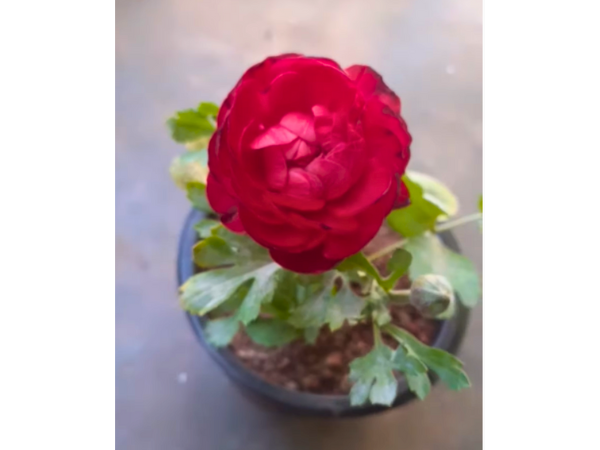
Yellow Ranunculus Flowers
Yellow Ranunculus flowers bring a burst of joy. They are perfect for gifts of friendship and optimism. Their bright color adds cheer to any setting.
Benefits of yellow Ranunculus:
- Symbolize happiness and warmth.
- Great for springtime celebrations.
- Brighten up any floral arrangement.
The vibrant yellow of Ranunculus makes them a natural symbol of joy and warmth, ideal for expressing friendship and bringing a sunny disposition to any occasion.
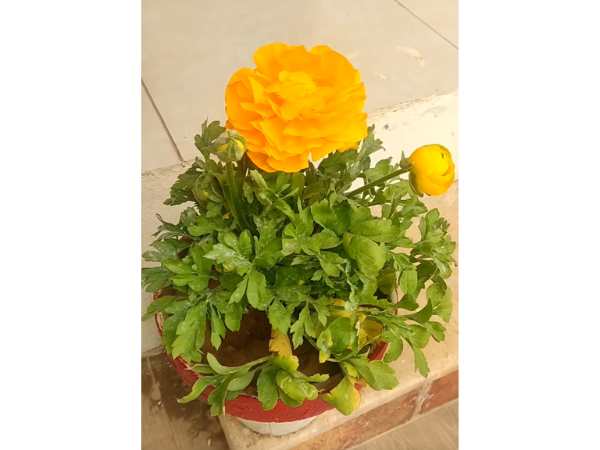
Meaning And Symbolism Of Ranunculus Flowers
Understanding the significance of Ranunculus flowers helps in appreciating their beauty even more. Their meanings can change based on their colors, adding layers of significance to their beauty.
What Different Colors Represent
Ranunculus flowers come in many colors, each with its own special meaning. Here are some common colors and what they represent:
- White: Symbolizes purity and innocence.
- Pink: Represents admiration and gratitude.
- Red: Signifies passion and deep love.
- Yellow: Stands for cheerfulness and joy.
These meanings make Ranunculus flowers perfect for expressing emotions. For example, a bouquet of white Ranunculus is ideal for a wedding. It conveys purity and love.
Pink Ranunculus can be given to a friend to show admiration. Red Ranunculus is a classic choice for romantic occasions.
Occasions Perfect For Gifting Ranunculus
Ranunculus flowers are versatile and suitable for many occasions. Their beautiful blooms can brighten any event. Here are some occasions where gifting Ranunculus is ideal:
- Weddings: Use white Ranunculus for bouquets to signify purity.
- Anniversaries: Red Ranunculus expresses deep love.
- Spring Celebrations: Bright yellow Ranunculus brings cheerfulness.
- Get-Well Bouquets: A mix of cheerful colors can lift spirits.
Gifting Ranunculus during special moments adds meaning. A thoughtful bouquet can express your feelings perfectly. Choose the color that matches the occasion.
How To Grow Ranunculus Successfully
This section focuses on how to grow Ranunculus successfully, ensuring your garden flourishes with these lovely flowers.
Planting The Feeds: Getting Started Right
Start by selecting high-quality tubers. Soak tubers overnight to help them absorb moisture. This step is crucial for healthy growth.
Choose a location with loose, well-drained soil. Aim to plant the tubers about 2 inches deep. Here’s a simple checklist for planting:
- Soak tubers overnight.
- Choose loose, well-drained soil.
- Plant tubers 2 inches deep.
- Space tubers 6-8 inches apart.
After planting, water the area lightly. Ensure the soil stays moist but not soggy. Monitor the area for weeds, which can compete for nutrients.
A good tip is to add mulch around the plants. This helps retain moisture and suppress weeds.
Encouraging Blooms: Feeding And Deadheading
To promote healthy blooms, feed your Ranunculus with a balanced fertilizer. Apply it biweekly for the best results. This feeding schedule helps the flowers develop vibrant colors.
Remove spent blooms regularly to encourage more flowers. This process is known as deadheading. Here’s a quick guide:
- Feed with balanced fertilizer biweekly.
- Remove spent blooms to prolong flowering.
Monitor moisture levels and avoid overwatering. Too much water can cause tubers to rot. Enjoy watching your garden transform with beautiful blooms!

What To Do With Ranunculus After Flowering
Let the foliage die back naturally. This process allows the plant to store energy in the tubers. Once the leaves are brown, lift the tubers carefully from the soil. Here are steps to follow:
- Let foliage die back completely.
- Lift tubers carefully from the ground.
- Store tubers in a cool, dry place.
- Reuse tubers for the next growing season.
Storing tubers properly is key to successful regrowth. Make sure they are dry before placing them in storage. This practice helps prevent mold and rot.
How Long Do Ranunculus Flowers Last?
Ranunculus flowers have a lovely lifespan. Blooms last about 7–10 days in a vase. If you care for them well, they can last up to 6 weeks on the plant. To extend their life:
- Cut stems at an angle to promote water absorption.
- Change the water regularly.
- Keep them in a cool area, away from direct sunlight.
Understanding their lifespan helps you plan for enjoyment. Arrange them in your home or give them as gifts. Either way, Ranunculus flowers bring beauty and cheer.
Ranunculus Flower Care Essentials
This section will cover key aspects of caring for Ranunculus flowers, including watering, light, temperature, and deadheading.
Consistent Watering And Feeding
During the growth period, water regularly to keep the soil moist. Avoid waterlogging, as it can harm the roots. After flowering, reduce watering to allow the plant to rest.
Follow these guidelines for effective watering and feeding:
- Water the soil deeply, especially during dry spells.
- Use a well-draining potting mix to prevent excess moisture.
- Fertilize to support blooming. Use a balanced fertilizer every 4-6 weeks.
Here’s a simple watering schedule:
| Stage | Watering Frequency |
|---|---|
| Growth | Every 2-3 days |
| Post-Flowering | Once a week |
Ensure the plants receive enough nutrients without over-fertilizing. Healthy feeding habits lead to stunning blooms.
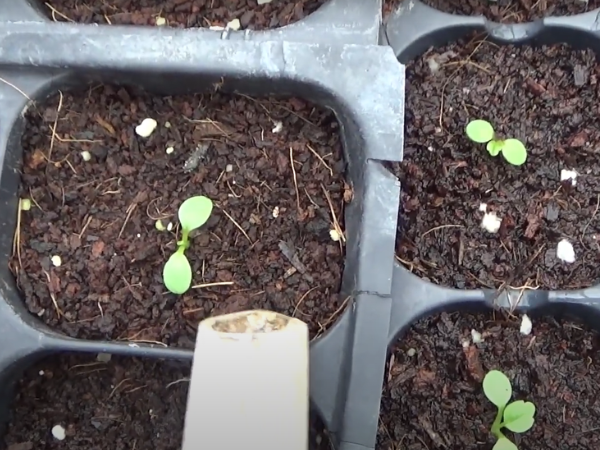
Ideal Light And Temperature
Ranunculus flowers thrive best with proper light and temperature. They need full sun for at least six hours a day. In hotter climates, provide afternoon shade to protect them from extreme heat.
The ideal temperature range is between 55°F and 65°F. Too much heat can cause stress and affect blooming. Here are some tips for light and temperature:
- Place in a location with bright, indirect light.
- Monitor temperatures to ensure they stay within the ideal range.
- Move pots indoors or to a shaded area if temperatures rise above 70°F.
Creating the right environment helps your Ranunculus flourish. Strong light and cool temperatures support their growth and enhance their beauty.
Deadheading For More Blooms
Deadheading is an essential practice for keeping Ranunculus flowers blooming. Snip off faded flowers just above the leaves. This encourages new buds to form and extends the flowering period.
Follow these steps for effective deadheading:
- Use clean, sharp scissors to prevent damage.
- Remove spent blooms as soon as they wilt.
- Inspect the plant regularly to find faded flowers.
By deadheading, you promote healthier growth and vibrant new blooms. This simple task enhances the overall look of your Ranunculus flowers.


